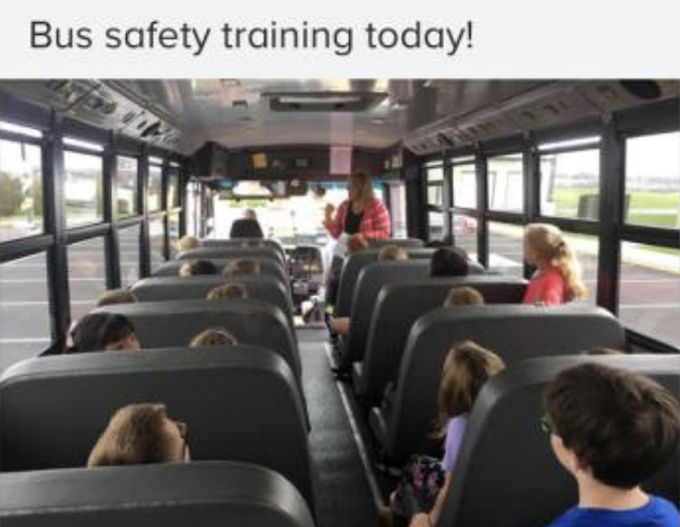 With a son with an autism spectrum disorder and another son with attention-deficit/hyperactivity disorder, I spend a great deal of time asking what’s for homework, what activities or projects are coming up in each of their classes, and what school/extra-curricular events we must attend. These conversations have not always been the most fruitful, since neither son is overly organized or overly attuned to what is going on in the classroom or when homework is assigned.
With a son with an autism spectrum disorder and another son with attention-deficit/hyperactivity disorder, I spend a great deal of time asking what’s for homework, what activities or projects are coming up in each of their classes, and what school/extra-curricular events we must attend. These conversations have not always been the most fruitful, since neither son is overly organized or overly attuned to what is going on in the classroom or when homework is assigned.
However, in our technology enhanced district, where teachers use learning management systems and digital backpacks, communication that helps me keep my sons organized and, more importantly, helps them stay organized, has been a huge help in supporting their executive functioning (the brain’s management system).
Tools to help students stay organized
In the short term, my sons’ teachers have successfully utilized Remind. Using this tool, teachers can share quick reminders of school events or homework that is due. They can post handouts and even videos of the day’s learning.
More important, for the parent of students who literally respond to the question, "What did you do today at school?" with, “Nothing,” Remind can also capture aspects of the day so that parents can ask specifically about an assembly or field trip and hold a conversation.
I use Remind with college students to share about a canceled class, a field visit, or a special event occurring on campus. Some have expressed appreciation for this quick form of communication.
Other tools that serve similar purposes are Class Dojo and Twitter. These tools can be private or invitation/sign up-only accessible, and allow families to learn about school information directly from the teacher, without too much additional time on the part of the educator. As a parent, I have been extremely thankful for this way to obtain additional or immediate information about my students.
Tools to facilitate communication between home and school
 One tool that provides families a glimpse into the classroom is Seesaw. Students can create digital portfolios of written work or recordings of their voice to share with home. Educationally, it is a great tool to use to share students’ work and lessons with their families.
One tool that provides families a glimpse into the classroom is Seesaw. Students can create digital portfolios of written work or recordings of their voice to share with home. Educationally, it is a great tool to use to share students’ work and lessons with their families.
Digital tools can open our classrooms to families, help manage student workloads/ schedules, and foster conversations about the learning taking place in our classrooms. For students who struggle with organization and communication, and for families who want to partner with their child’s teacher, these tools can facilitate rich relationships throughout the year.
Aileen P. Hower is an assistant professor of literacy at Millersville University in Pennsylvania where she teaches at the undergraduate and graduate levels. In addition to teaching, she is the president elect of the Keystone State Reading Association and was the conference chair for the KSRA 50th Annual Conference in 2017. You can find her on Twitter at @aileenhower or on her blog at aileenhower.wordpress.com.
This article is part of a series from the International Literacy Association Technology in Literacy Education Special Interest Group (TILE-SIG).